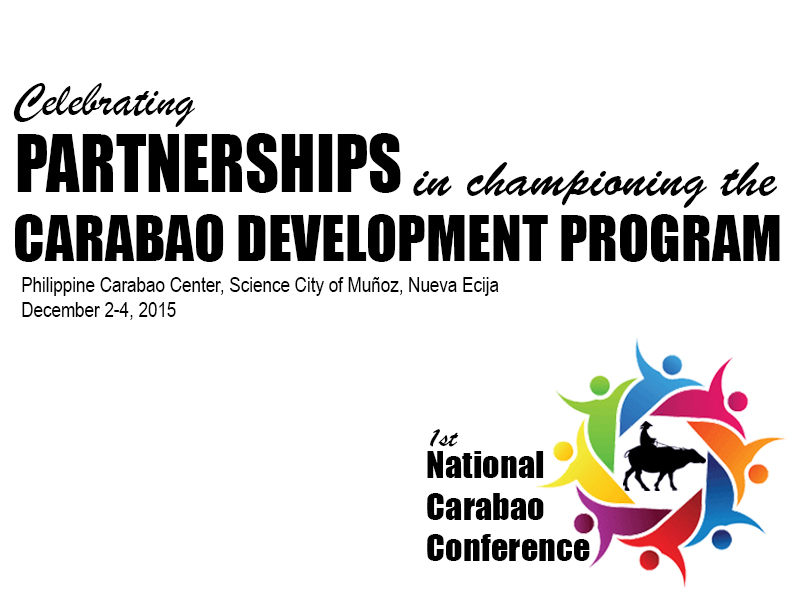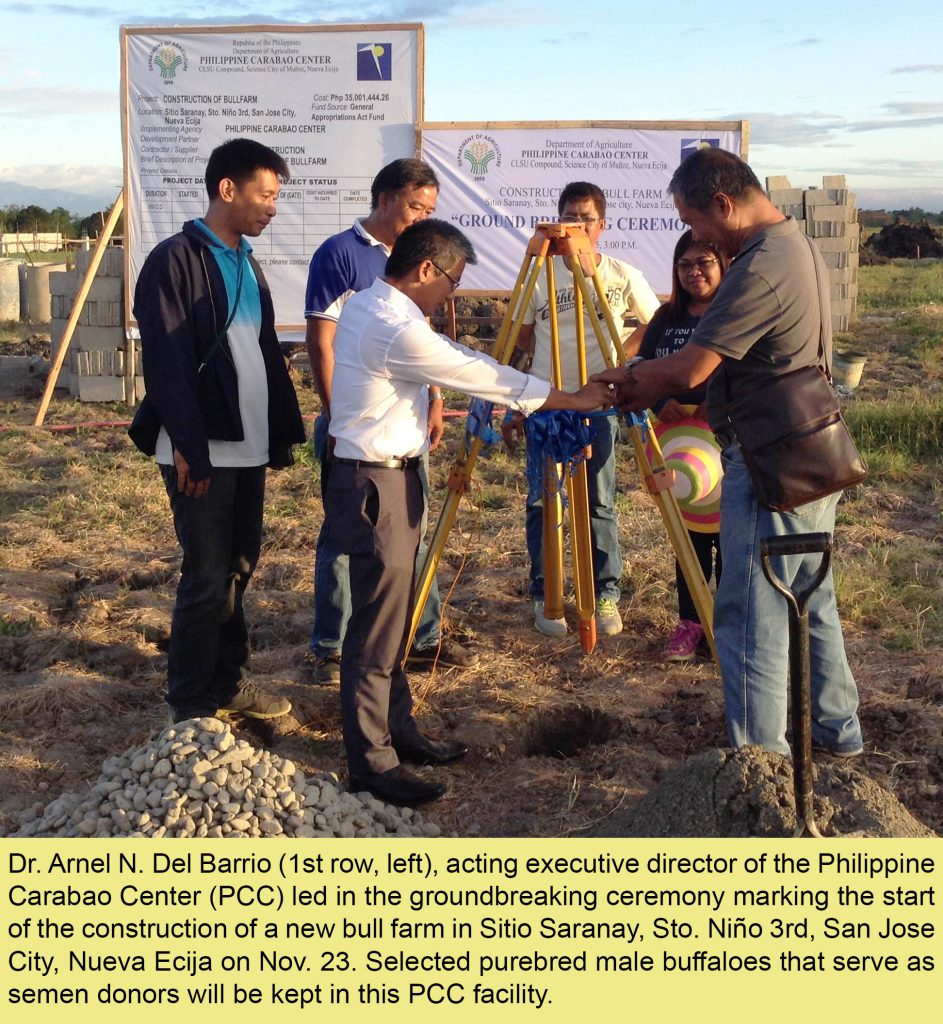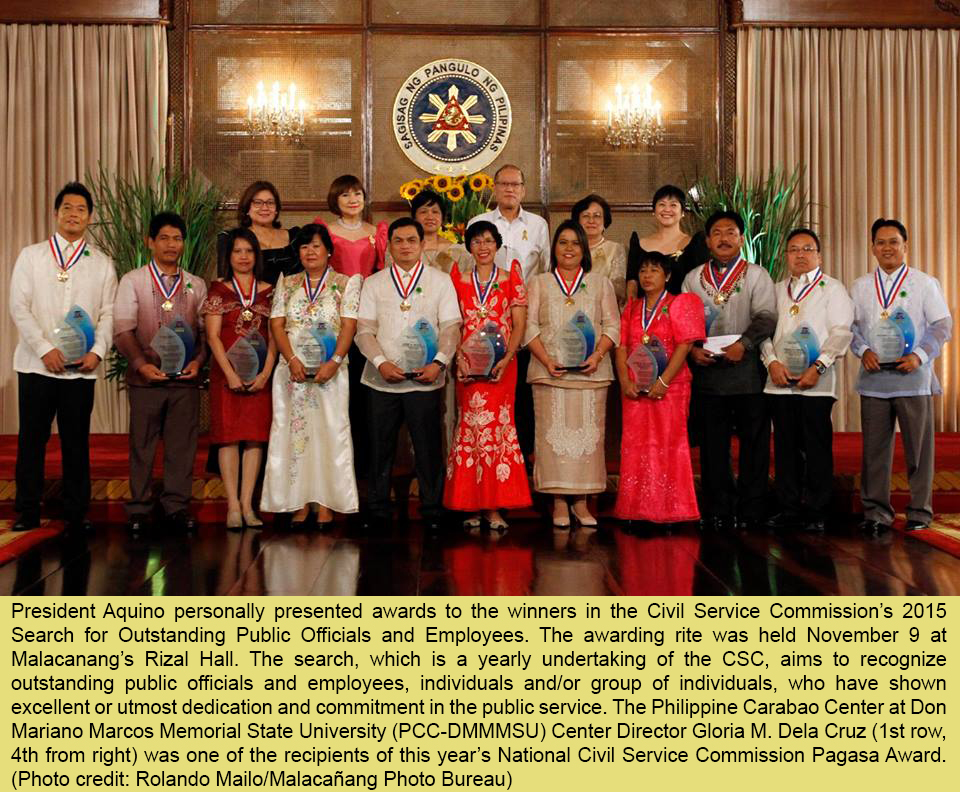Key stakeholders of the Carabao Development Program (CDP) are expected to participate in the 1st National Carabao Conference on Dec. 3-4 at the national headquarters and gene pool of the Philippine Carabao Center (PCC) in the Science City of Muñoz, Nueva Ecija.
The participants will include farmers, local government officials and representatives from various government agencies and private organizations that are actively involved in the implementation of the CDP, which is considered as PCC’s flagship program.
The 1st National Carabao Conference will focus on the theme: “Celebrating Partnerships in Championing the Carabao Development Program.”
Among the leading national figures invited to the two-day gathering are Sen. Cynthia A. Villar and Rep. Mark Llandro L. Mendoza, chairpersons of the committees on agriculture and food at the Senate and House of Representatives, respectively, and Agriculture Sec. Proceso J. Alcala.
The conference features multi-sessions in the form of plenaries, workshops and forums that will serve as venue for meaningful interaction among the participants.
Various experts will present and lead the discussions on the following topics: Value Chain Analysis of Carabao and Carabao-based products in Luzon; Performance of the Carabao Industry; PCC programs in relation to food security; Industry Strategic Plan (ISP) for Dairy Buffalo; Impact Assessment of the PCC’s Carabao Development Program; of the PCC Dairyard Concept GKEF: Building the Filipino Dream through Private and Public Partnership; The Carabao Slaughter Ban: A Revisit, and Carabao Industry Advocacies and Legislative Agenda; and Climate Smart Strategies in addressing the El Niño phenomenon.
The conference participants will also be provided with insights on government-funded activities and PCC partnerships of with the local government units in the conduct of CDP through the following topics: Shared Service Facility Scheme of the Department of Trade and Industry for Dairy; The DSWD Sustainable Livelihood Program for Dairy, and Partnership Milestones in Nueva Ecija, Bohol and in some provinces of Region II.
Further, select cooperative chairpersons that have shown considerable success in raising buffaloes and engaging in carabao-based enterprises will share their unique strategies and experiences in dairying.
Other activities lined-up for the conference are a tour of PCC’s major facilities and a product exhibition.
Capping the conference is a planning workshop that will focus on solutions to key issues and concerns in the carabao dairy industry.
The National Carabao Conference is envisioned to be a regular annual activity as part of continuing initiatives to promote and enhance the development of the Philippine carabao industry with a view to making it a significant contributor to overall efforts to alleviate poverty, improve nutrition, enhance equitable income distribution and boost people empowerment.
The CDP is being implemented in the context of PCC’s dual mandate under Republic Act No. 7307 to conserve, propagate and promote the carabao as a source of milk and meat as well as draft animal power and hide, and the Department of Agriculture Administrative Order No. 9, series of 2008, which designated PCC as the lead entity in livestock biotechnology research and development in the DA network.



